What Are Acrylic Nails and Are They Right For You?
Acrylic nails have become a popular choice for those seeking durable and stylish manicures. Whether you’re a nail enthusiast or a newbie, understanding the basics of acrylic nails is essential. In this comprehensive guide, we’ll delve into what acrylic nails are, their benefits, safety considerations, and more.
What Are Acrylic Manicures?
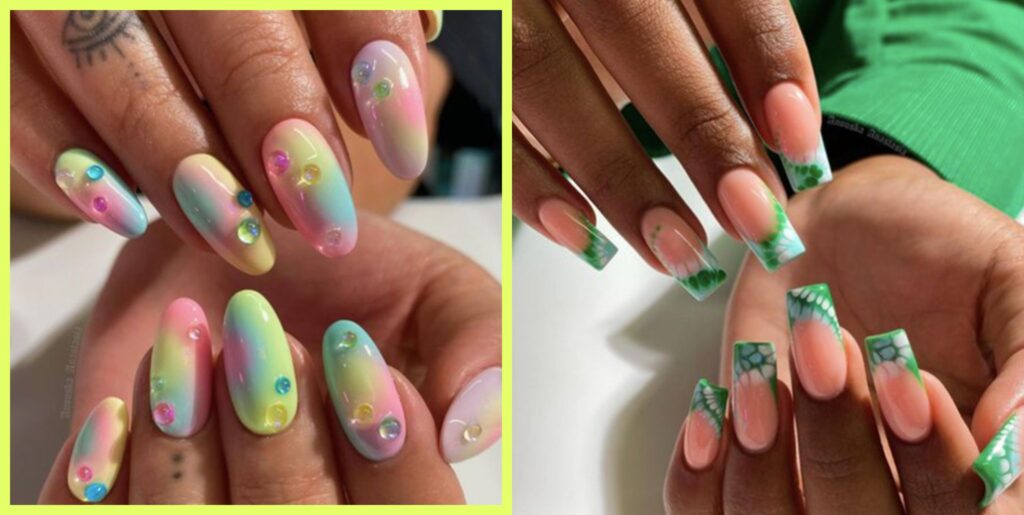
Acrylic nails, also known as (liquid and powder) nails, are lengthening enhancements sculpted using a mixture of acrylic powder and liquid monomer. Nail technicians create a moldable acrylic bead by dipping a brush into the liquid and then into the powder. This bead is applied to the nail bed, providing structure and longevity. Once cured acrylic nails are ready for polish.
Benefits of Acrylic Nails
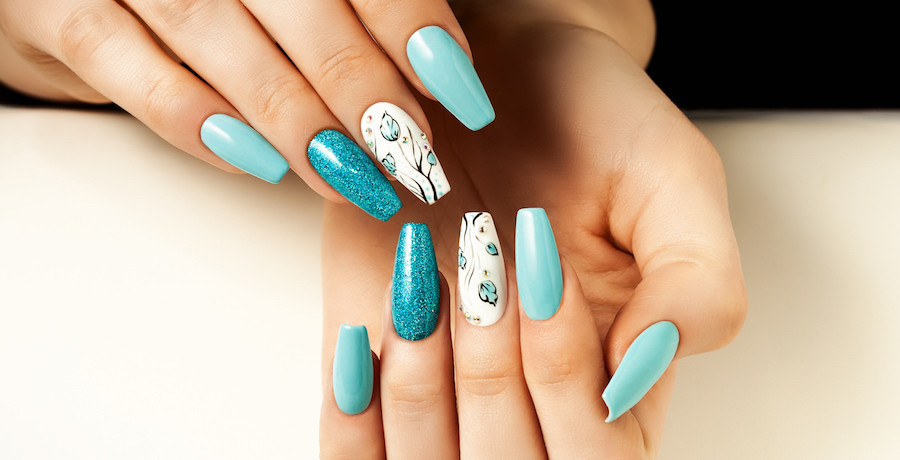
1. Durability and Longevity
Acrylic nails are renowned for their exceptional durability. When applied correctly, they can withstand daily wear and tear, making them an excellent choice for those with an active lifestyle. Unlike natural nails that may chip or break easily, acrylics maintain their shape and strength for an extended period. Regular maintenance and proper care can further enhance their longevity.
2. Customization and Versatility
One of the most significant advantages of acrylic nails is their versatility. Nail artists can sculpt acrylics into various shapes, including square, oval, stiletto, or coffin. Whether you prefer a classic look or want to experiment with trendy designs, acrylics allow for endless customization. Additionally, you can choose from an array of colours, glitters, and nail art to express your unique style.
3. Nail Strength Enhancement
Acrylic overlays act as a protective shield for your natural nails. They provide an extra layer of strength, preventing breakage and splitting. If you struggle with weak or brittle nails, acrylics can offer the reinforcement needed to maintain healthy and beautiful nails. Regular fills and proper aftercare contribute to maintaining their strength.
4. Concealing Imperfections
Acrylic nails can effectively conceal imperfections such as ridges, discoloration, or uneven nail surfaces. The acrylic layer creates a smooth canvas, allowing for flawless polish application. Whether you have naturally uneven nails or want to hide minor flaws, acrylics provide a seamless base for your favourite nail colours.
5. Nail Art Possibilities
Acrylic nails serve as an excellent canvas for intricate nail art. From simple designs to elaborate patterns, nail technicians can create stunning artwork using acrylics. Whether you opt for 3D embellishments or French tips, acrylics allow you to express your creativity and stay on-trend.
How do I care for my acrylic nails at home?
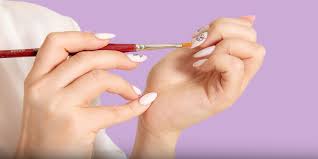
1. Choose the Right Length
Select a length that suits your lifestyle. Long acrylic nails (those extending more than 0.5 inches past your fingertip) are more likely to chip or break, especially if you work with your hands or engage in rough activities.
2. Keep Nails Flexible
Apply nail oil to your acrylic nails once or twice a day. This keeps them soft and less prone to breakage.
3. Protect Your Nails during Chores
Wear waterproof gloves when doing household chores that involve water. Water weakens acrylic nails, and prolonged exposure may cause them to loosen or come undone. Put on vinyl gloves before washing dishes, cleaning, or handling wet materials.
4. Address Chips or Breaks Promptly
If a nail chips or breaks, avoid fixing it yourself. Visit a nail technician to repair it professionally. Attempting to fix it at home may lead to further damage or even infection.
Material used for acrylic nails
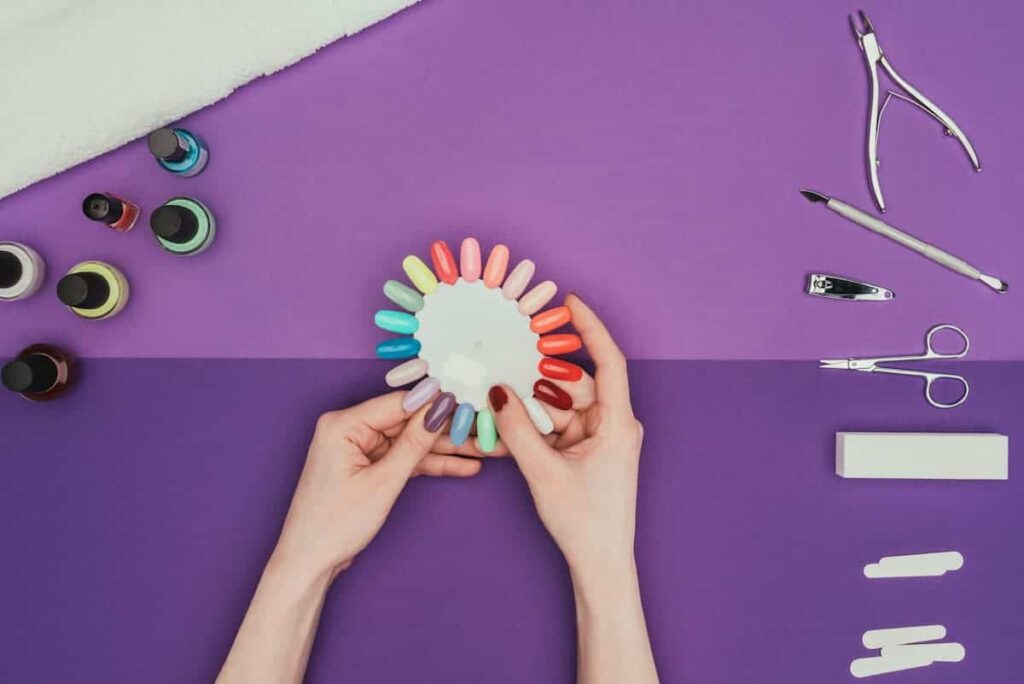
Acrylic nails are artificial nail enhancements that combine a liquid monomer with a powder polymer. Let’s explore the details of these essential materials:
1. Liquid Monomer (Acrylic Liquid):
o The liquid monomer, also known as acrylic liquid, plays a crucial role in creating acrylic nails. It is typically composed of ethyl methacrylate and other additives.
o When mixed with the powder polymer, the liquid monomer forms a soft paste that can be sculpted onto the natural nail bed or over nail extensions.
2. Powder Polymer (Acrylic Powder):
o Acrylic powder is made from acrylic glass, specifically polymathic methacrylate.
o The conventional technology involves polymer beads synthesised from ethyl methacrylate.
o When mixed with the liquid monomer, these polymer beads form a malleable bead that can be shaped and sculpted onto the nails.
Conclusion
Acrylic nails offer durability, customization, and strength. Their versatility allows for various nail shapes and stunning nail art. Proper care, including regular fills and protection during chores, ensures long-lasting and beautiful acrylic manicures. Enjoy flaunting your fabulous nails!

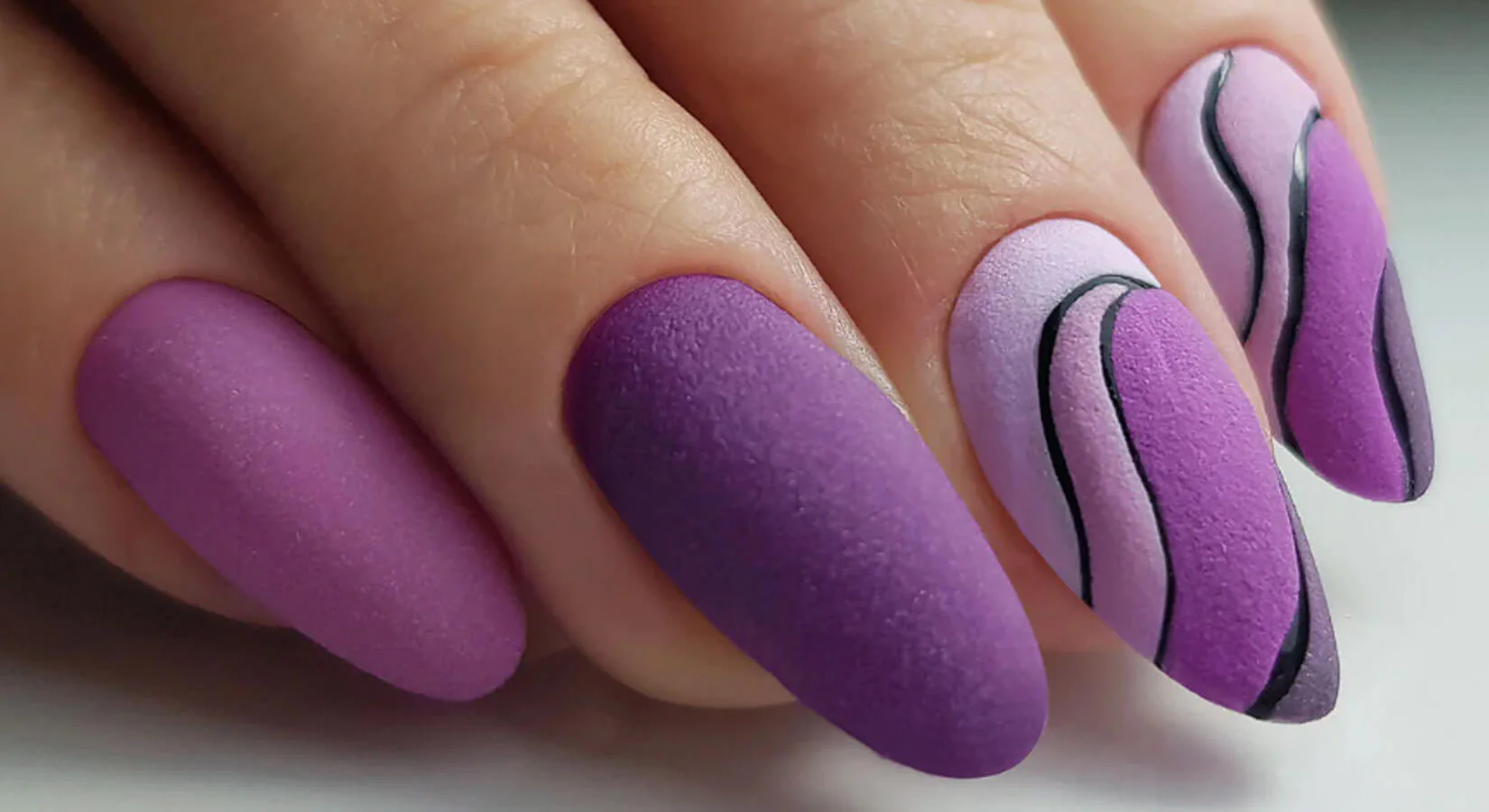
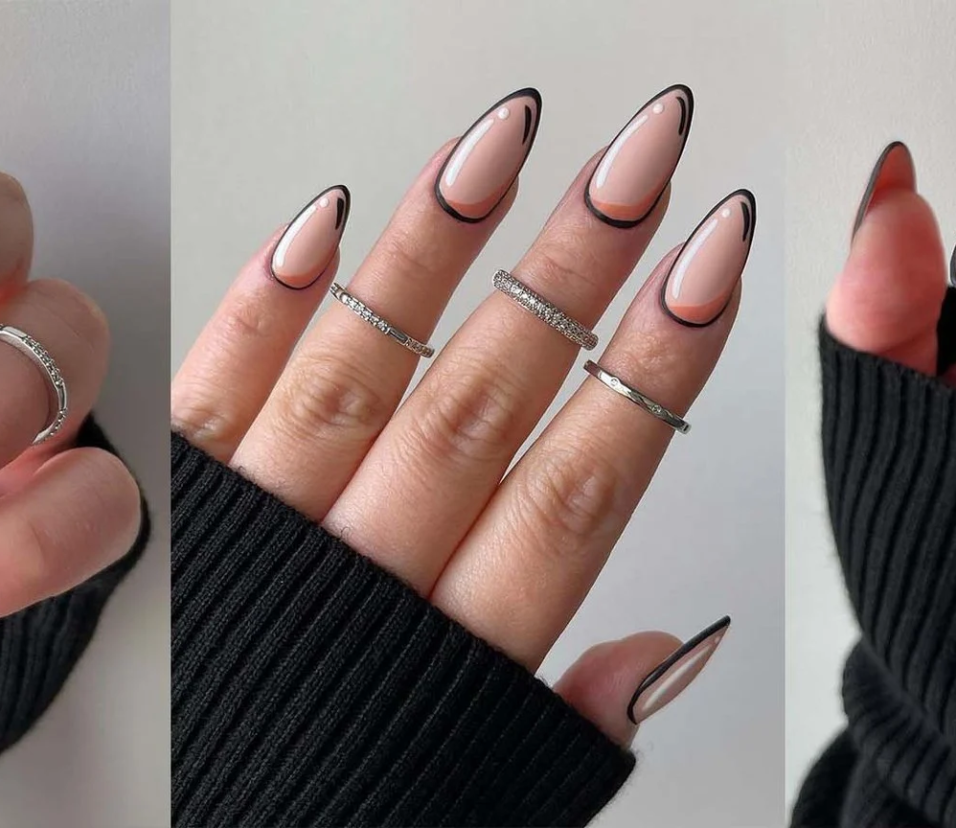
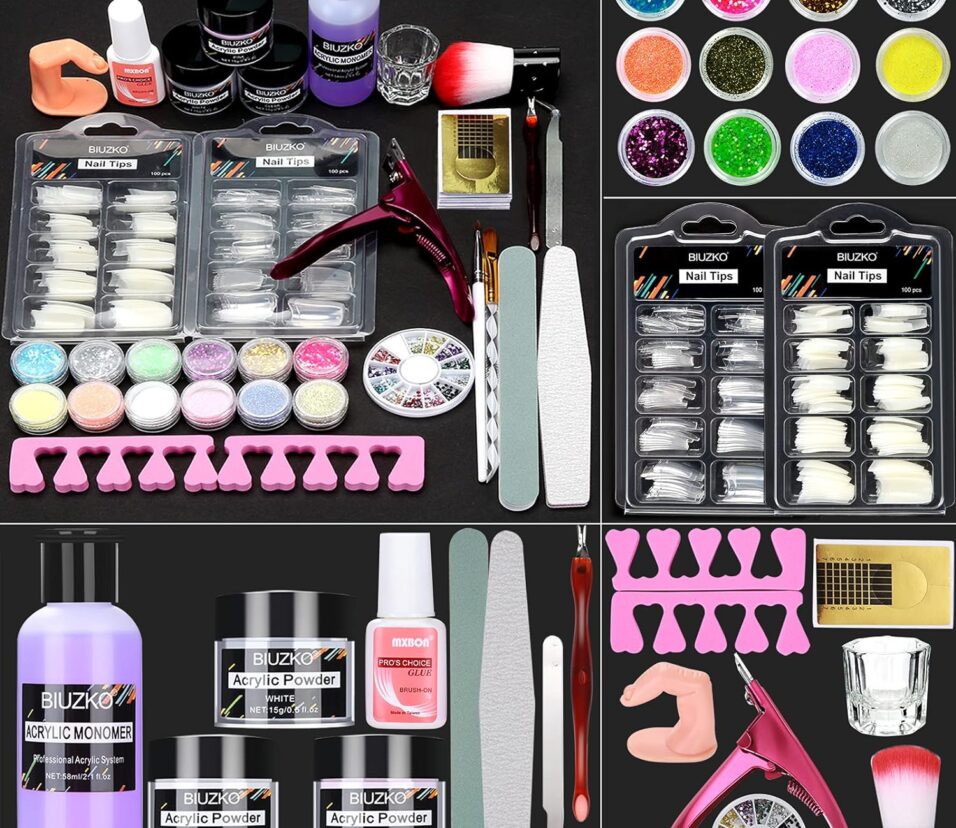
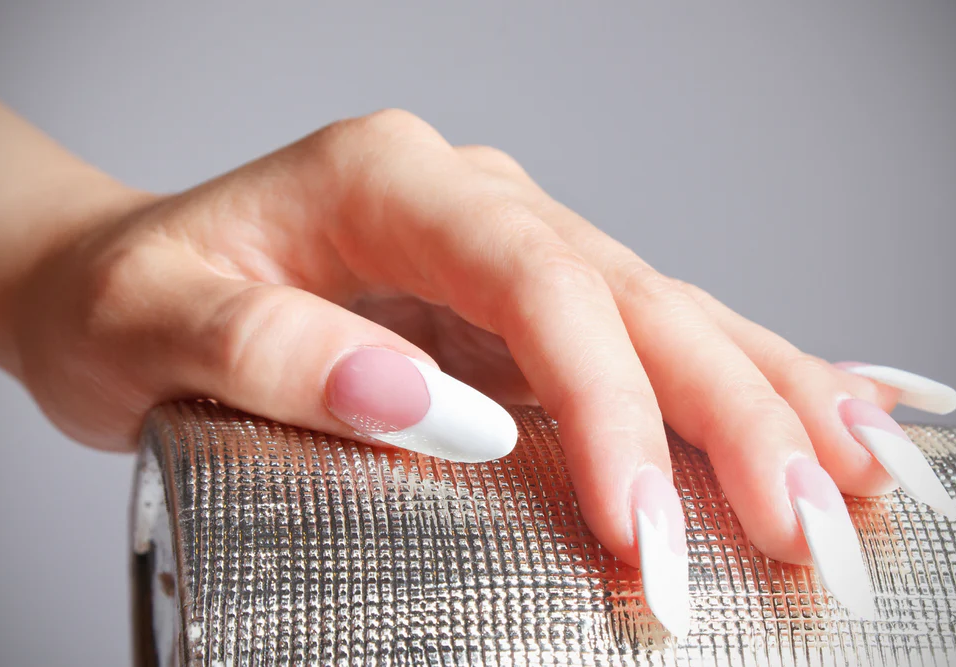
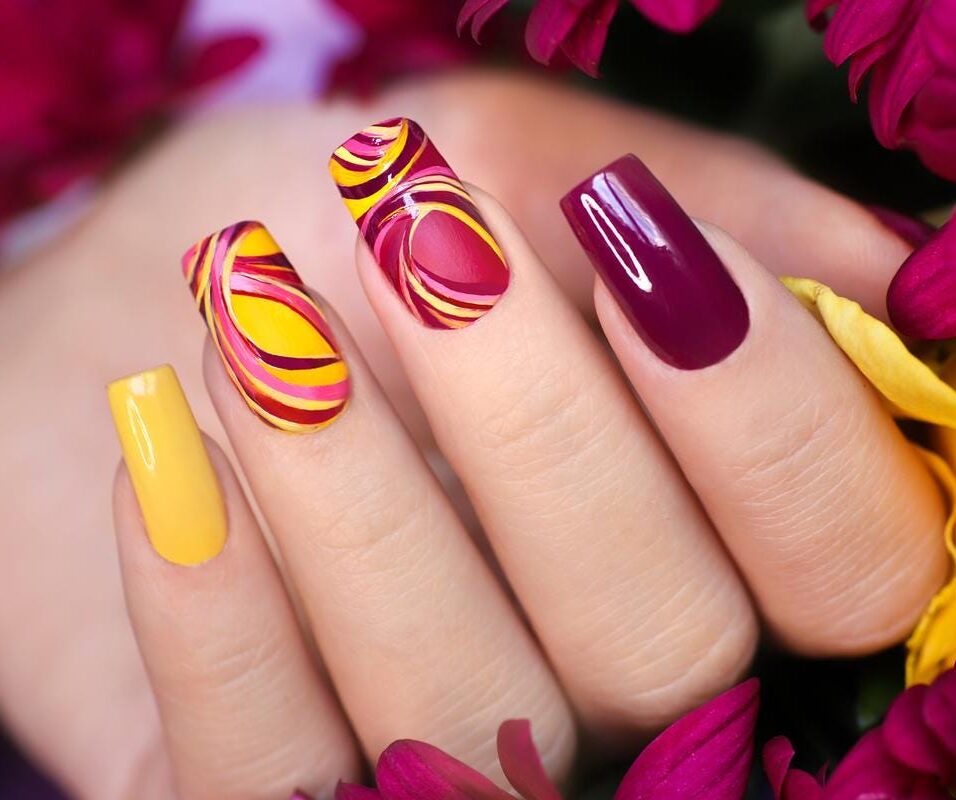
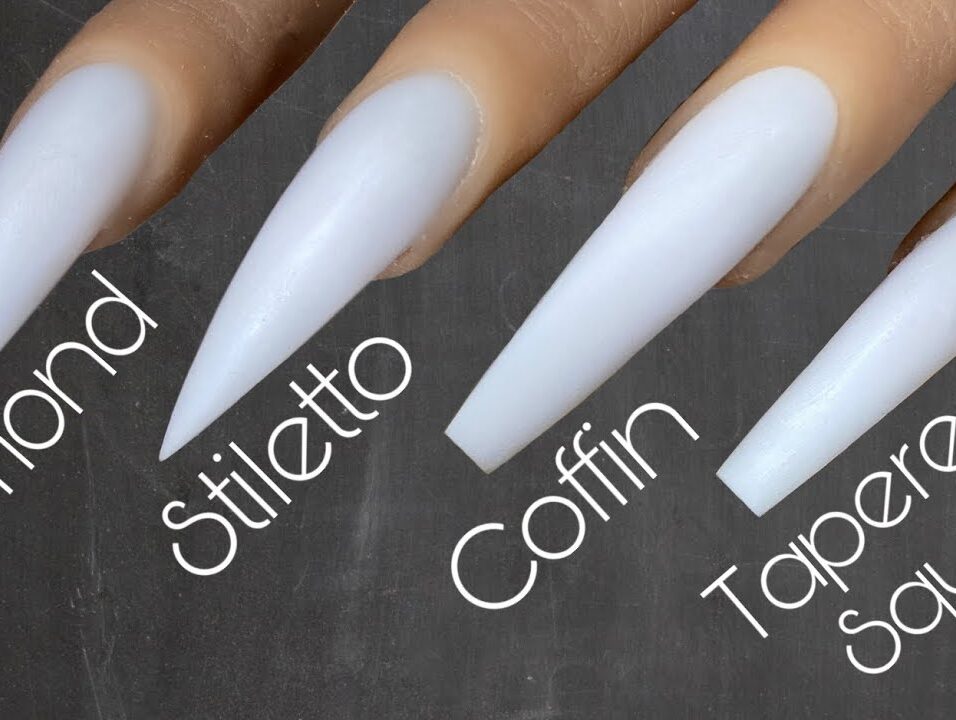
Leave feedback about this